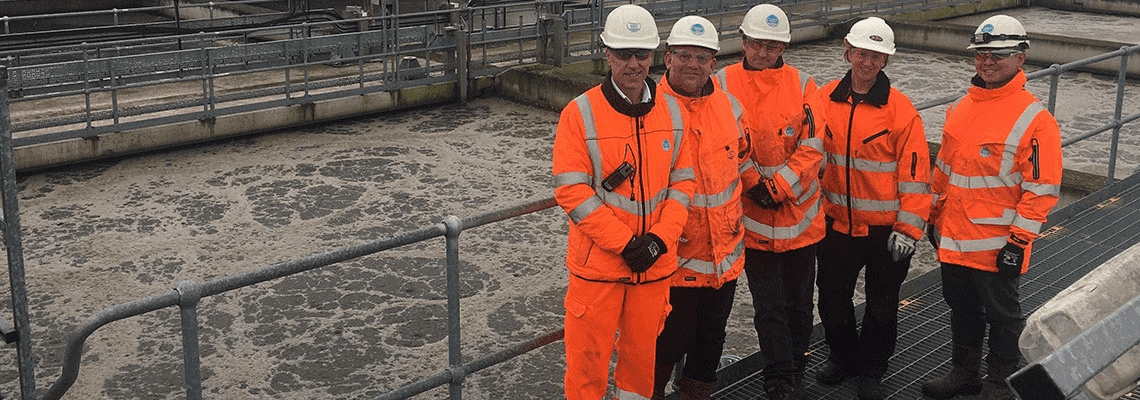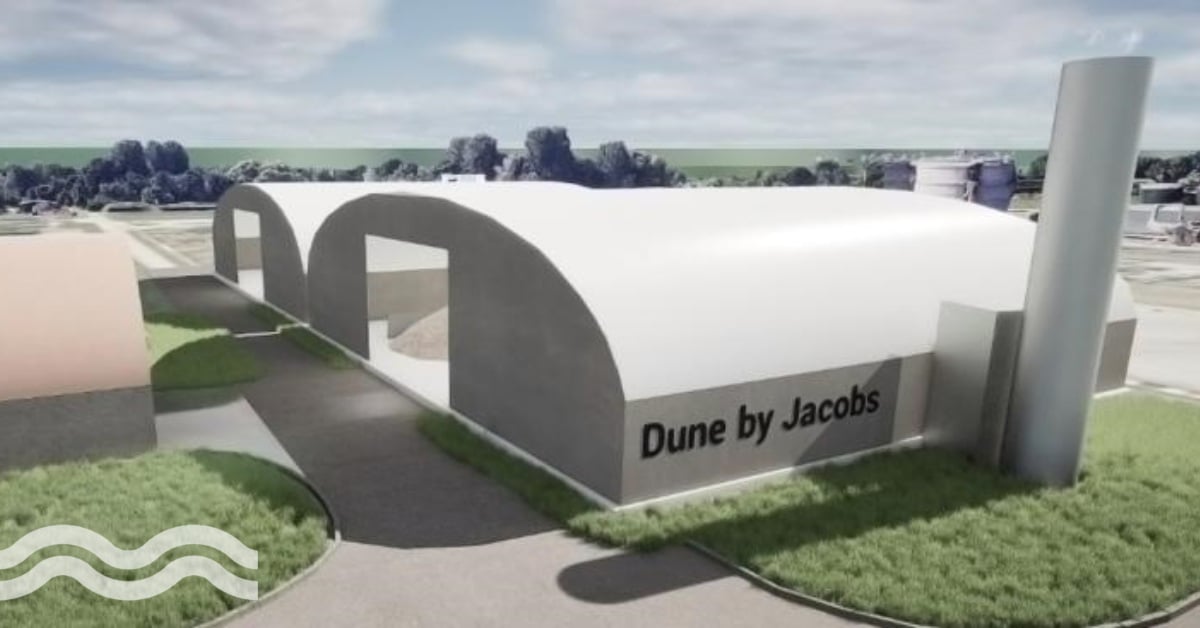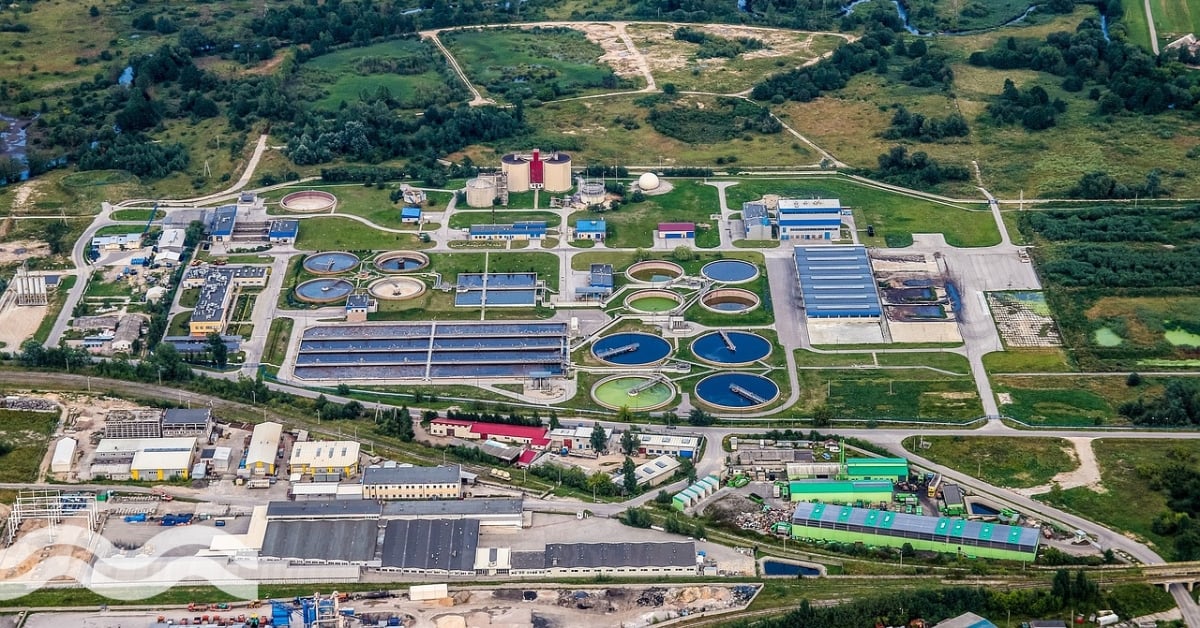
Identifying potential energy savings
UK water utility Thames Water recently undertook an evaluation of one of Europe’s largest wastewater treatment plants in Beckton to find potential energy savings.
Processing wastewater from more than four million people, the site was already generating more than 50 per cent of its energy through a combination of wind turbines, biogas generation and other measures.
Yet, the utility’s energy bill still amounted to more than £9 million per year in electricity from the National Grid.
As a result, the team at Thames Water’s north-east London wastewater operations looked at all the 300-acre site’s machinery to identify potential energy savings.
Aeration lane adjustments
Surprisingly they discovered that the newer aeration lanes in activated sludge plant four (ASP4) had the greatest potential for energy savings.
Savings were achieved by doubling the number of dissolved oxygen (DO) monitors to ASP4 and improving the efficiency of the blower that pumps air into the tanks.
Continuously measuring dissolved oxygen ensures the right conditions for maximum efficiency and, when coupled with efficient blower control, cost savings were achieved through reduced air consumption, Thames Water said.
This real-time control equipment constantly monitors and adjusts the process to ensure it runs under optimal conditions using only the minimum amount of energy.
The air control valves on the lanes also seized, causing both over and under-aeration, resulting in process compliance issues. Over aeration wastes energy and brings more foam to the surface where it can get trapped and proliferate. The valves were changed for eccentric plug control valves which are better suited to the environment and last longer.
The team at Beckton also saved money by maximising electricity generation through the thermal hydrolysis process and are set to replace all 15,000 dome diffusers in the third activated sludge plant.
Activated sludge adjustments
David Fenech, Thames Water’s operations manager for north-east London, said: “ASP4 was commissioned in 2015 and therefore has already good built-in efficiency. However, the team soon realised during their initial investigations this is where surprisingly the greatest potential was to be found. We are monitoring the savings and forecasting a more stable process.
“We continue to monitor and keep looking for further savings across all our activated sludge processing plants.”
Other Thames Water initiatives where progress has been made include dissolved oxygen monitoring maintenance and settled sewage improvements, as well as upgrading and re-doming activities on lanes within ASP3.


